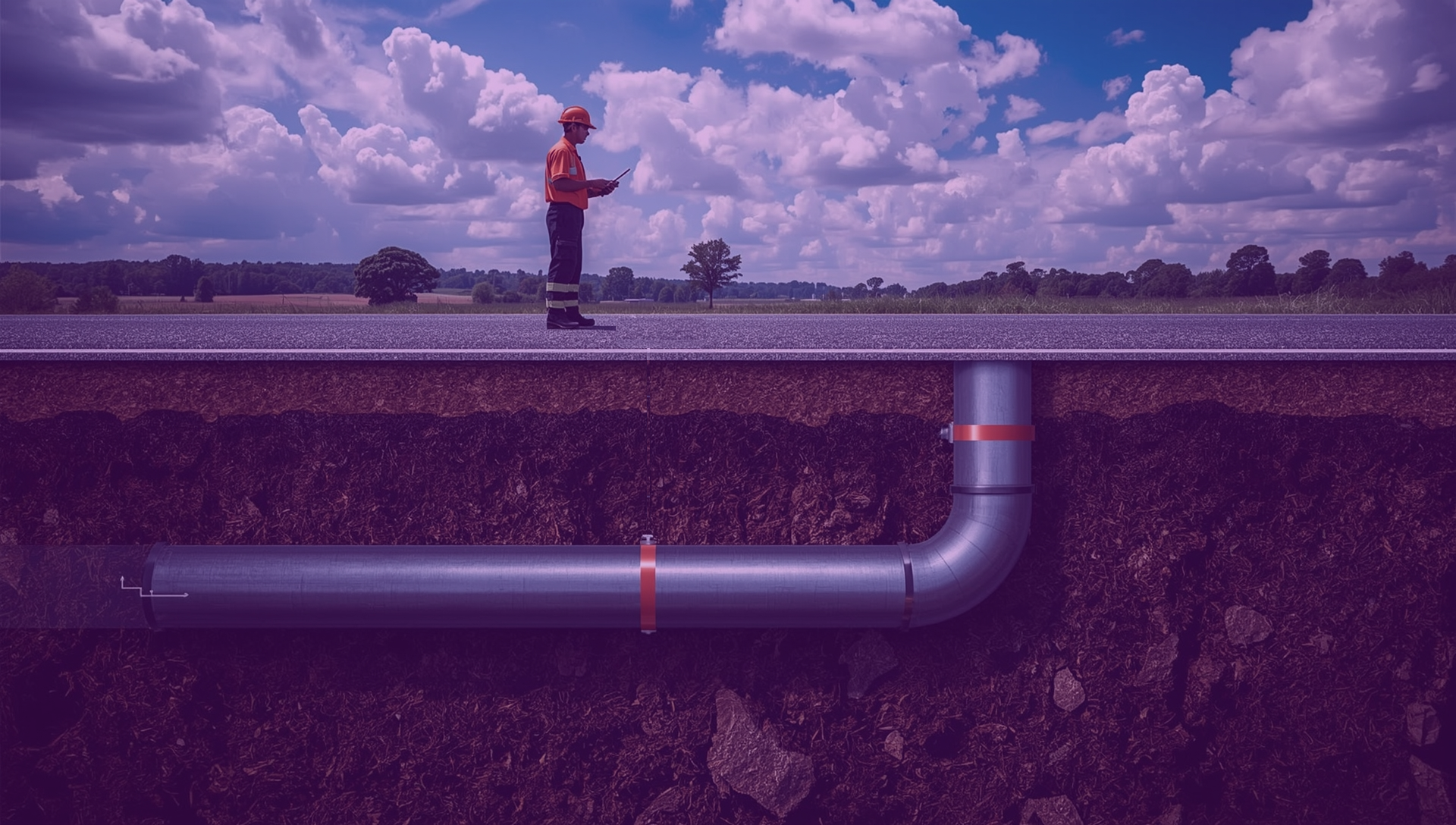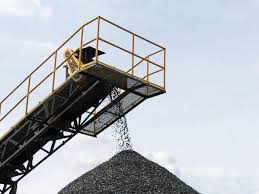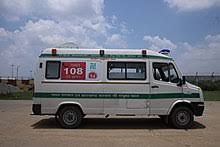- Dec, 2022
Think Gas
Enhancing Gas Pipeline Safety with GPS-enabled Vehicle Monitoring
Gas pipelines are critical infrastructure assets that require the highest levels of safety and protection. Many companies operate market-driven vehicles in areas where pipelines are present, which increases the risk of accidents, damage, and operational disruptions if not monitored properly. Traditionally, without advanced technology, monitoring these vehicles was manual, reactive, and inefficient—leading to delayed detection of potential threats and costly consequences.
Challenges Without GPS
Without GPS tracking, vehicles may unknowingly pass over or near gas pipelines, creating a high risk of accidents and damage. Companies have no way to monitor these movements in real time, which means safety teams often respond after an incident occurs rather than preventing it. This delay not only endangers infrastructure but also increases operational costs, liability, and downtime.
The GPS and Geofencing Solution
By equipping all vehicles with GPS devices and creating geofences around gas pipeline areas, companies can monitor vehicle movement in real time. Whenever a vehicle approaches a restricted pipeline zone, instant alerts are triggered and sent to the safety team and coordinators. This proactive system allows immediate communication with drivers, helping them avoid danger zones and ensuring that preventive measures are taken before an incident occurs.
Benefits of GPS-enabled Monitoring
- Proactive Safety : Prevents vehicles from entering sensitive areas
- Instant Alerts : Notifications are sent the moment a risk is detected.
- Real-time Coordination : Safety teams can guide drivers instantly.
- Risk Mitigation : Minimizes chances of accidents, leaks, or damage.
- Efficiency Gains : Eliminates the need for manual monitoring.
ROI: Return on Investment
Investing in GPS-enabled monitoring delivers strong financial and operational returns:
- Cost Avoidance : Prevents expensive repairs from pipeline damage.
- Reduced Liability : Lowers the risk of penalties, claims, and accidents.
- Operational Savings : Decreases downtime through faster coordination.
- Lower Monitoring Costs : Cuts down expenses tied to manual supervision.
- Business Continuity : Protects critical infrastructure and ensures uninterrupted service.
Overall, the return on investment is significant. By preventing even a single major pipeline accident, companies can recover the cost of implementing GPS tracking many times over, while ensuring long-term operational safety.
Conclusion
GPS with geofencing is not just a safety tool—it is a strategic investment. It transforms pipeline monitoring from reactive to proactive, delivering real-time visibility, efficient coordination, and strong financial returns. Companies that adopt GPS-enabled systems can safeguard their critical gas infrastructure, protect their workforce, and ensure smooth, uninterrupted operations.





